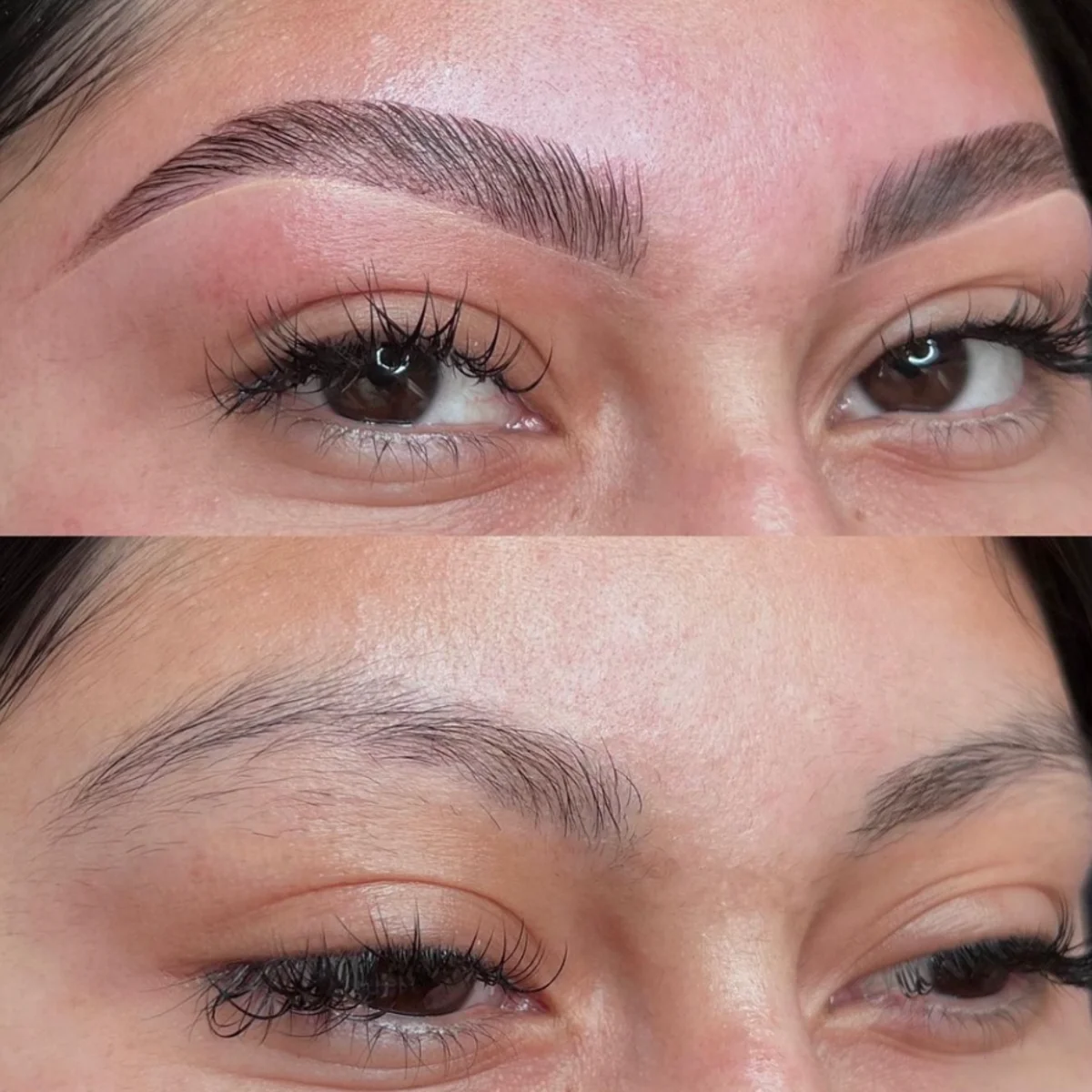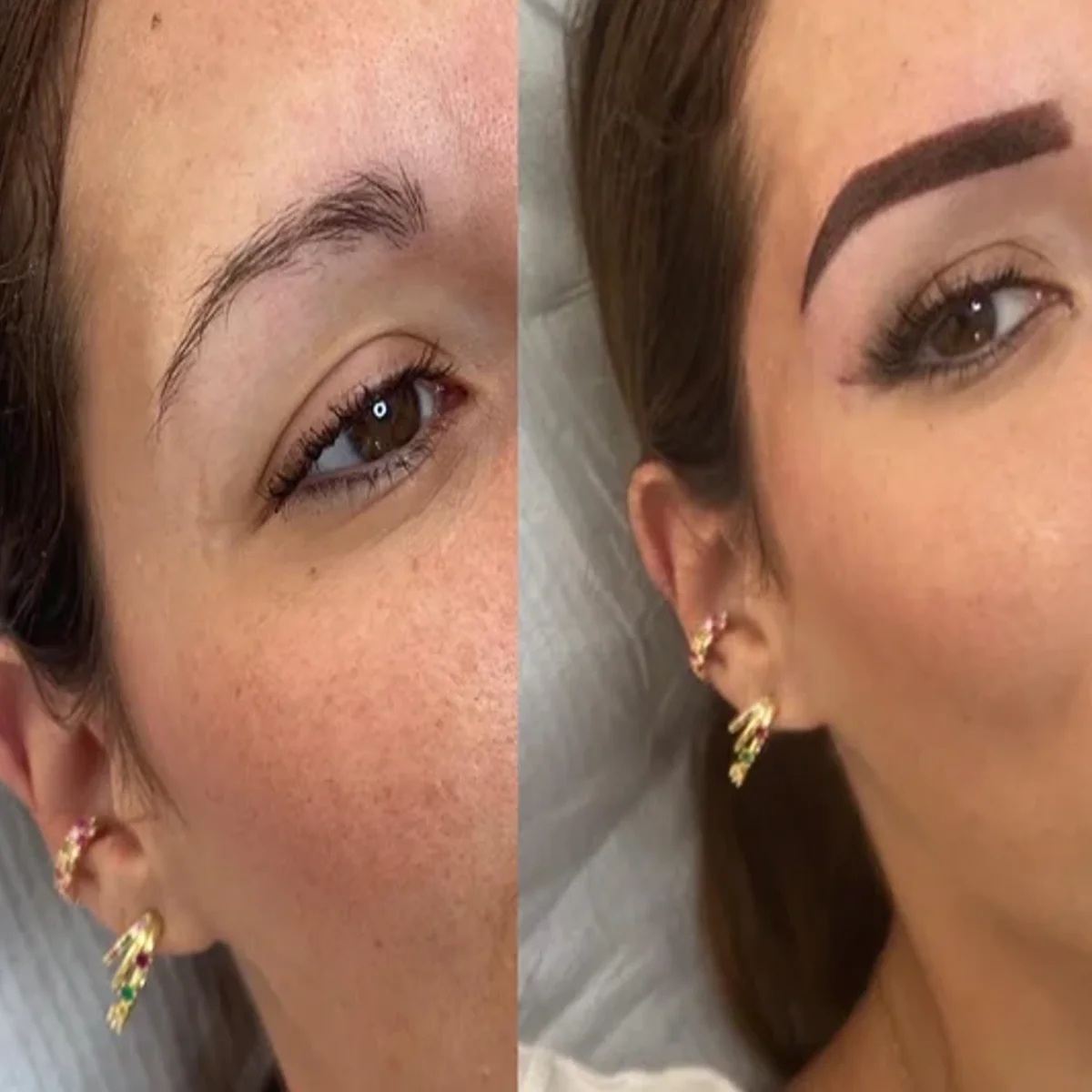Eyebrow tattooing techniques have surged in popularity in recent years, with a particular buzz surrounding microblading and eyebrow feathering, designed to enhance your natural eyebrows into more defined and striking features that complement your facial structure more attractively.

What Exactly is Microblading?
Microblading is a form of semi-permanent makeup for the eyebrows, where fine strokes are etched onto the skin, mimicking the appearance of natural eyebrow hair.
Who is an Ideal Candidate for Microblading?
Microblading Melbourne is ideal for individuals with thin or sparse eyebrows who regularly need to pencil them in. If your eyebrows are thin or excessively plucked, or you’ve experienced hair loss due to conditions like alopecia, microblading could offer a beneficial solution.
However, there are certain contraindications. Those with heart conditions, diabetes, or skin disorders, as well as individuals who have received Botox treatments within the past two weeks or have recently had a deep tan or chemical peel, may not be suitable candidates for microblading Melbourne.
What are the Potential Risks of Microblading?
Like any cosmetic procedure, microblading has its risks. It is crucial to follow aftercare instructions post-session to avoid infection, as the process involves creating tattoo-like etchings on the eyebrows. The risk of scarring can increase with follow-up sessions. Since microblading involves making incisions in the skin, it’s important not to pick at any scabs that form.
Pregnant individuals should seek medical advice before proceeding with microblading. It’s also advisable to research the qualifications and previous work of the practitioner. Be aware of other possible side effects, such as redness, swelling, itching, and bruising. Consultation with a healthcare provider is recommended if you have concerns about the risks.
What Occurs During a Microblading Appointment?
In your initial microblading session, the practitioner will design and shape your eyebrows according to your preferences. After selecting a suitable pigment colour, the practitioner uses a tool equipped with 12-15 needles to fill in your eyebrows, aiming for a natural and realistic look. The entire process usually lasts between one and a half to three hours. Four to six weeks later, a follow-up session is advised to assess the healing process, address any fading, and make necessary adjustments. These touch-up sessions are shorter, lasting about one to two hours.
Does Microblading Cause Pain?
Pain tolerance varies widely among individuals. Those preferring to use a topical anaesthetic before the procedure must provide it themselves, as professionals cannot legally apply non-prescribed anaesthetics. Typically, the discomfort is minimal, though it can be more intense for some.
How Long Does Microblading Last?
The longevity of microblading effects can range from one to three years, influenced by factors such as skin type, age, lifestyle, and environmental exposure. Initially, the pigmentation will appear dark and prominent, gradually fading over time. Touch-up sessions are recommended every 12-18 months to maintain the appearance.
What is Eyebrow Feathering?
Eyebrow feathering, also known as microfeathering, is a variation of microblading that is considered less permanent and invasive. It involves using a fine blade to make small incisions in the skin, into which pigment is inserted. This technique creates the illusion of individual hairs, filling in gaps and sparse areas in the brow.
Who is a Good Candidate for Eyebrow Feathering?
Eyebrow feathering is particularly suited for individuals with naturally full eyebrows that have gaps or areas with sparse hair. Those with oily skin may want to reconsider this procedure, as the excess oil can interfere with pigment absorption, leading to discolouration or loss of pigmentation. The same contraindications that apply to microblading also apply to eyebrow feathering.
What Are the Risks Associated with Eyebrow Feathering?
As with microblading, there is a risk of infection with eyebrow feathering since the procedure involves creating small wounds in the skin. Your technician will provide aftercare instructions to minimize this risk. Other potential risks include redness, swelling, itching, and bruising. It's advisable to consult with a healthcare professional before undergoing the procedure.
What Occurs During an Eyebrow Feathering Session?
Before the eyebrow feathering procedure, an initial consultation is necessary to assess whether you have enough natural brow hair to work with. This consultation usually lasts about an hour, and you may be advised to grow out your brows before the session. Unlike microblading, which can create brows from scratch, microfeathering works with your existing brows as a base.

During the procedure, the technician uses a blade to create precise, hair-like strokes in the denser areas of your brows, filling in the gaps with pigment. A follow-up session is typically scheduled six to eight weeks later to touch up any areas where the pigmentation has faded or not taken hold. Each session lasts about two hours.
How Painful is Eyebrow Feathering?
The level of discomfort experienced during eyebrow feathering varies from person to person. If you're concerned about pain, purchase a topical anesthetic from a pharmacy before your session. Generally, the pain is minimal, but individual experiences may vary.